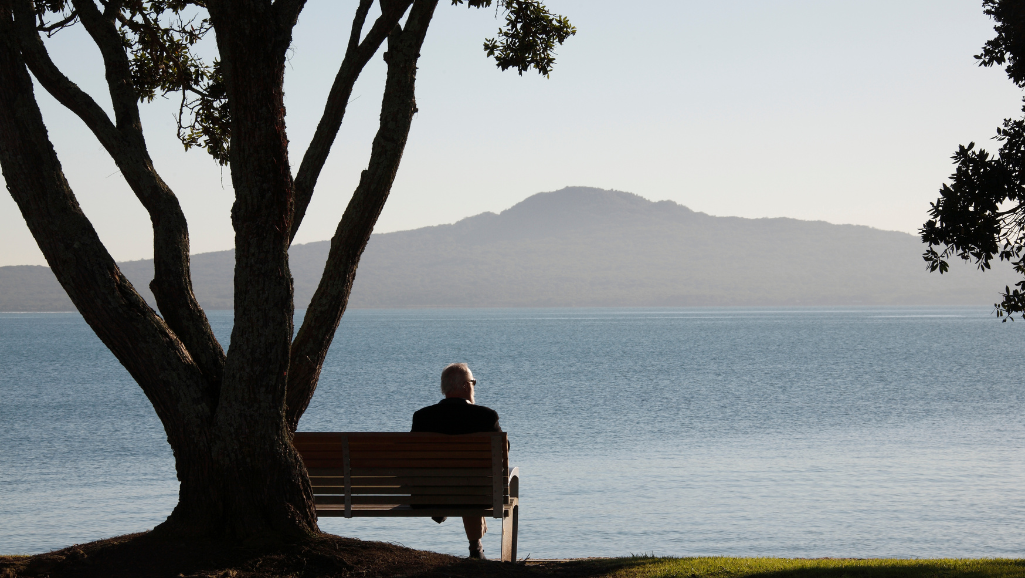Modern life brings challenges that test our emotional strength. With 18.1% of U.S. adults facing anxiety yearly (NIMH), finding balance is more important than ever. Quick fixes might offer relief, but science-backed strategies create lasting change.
From mindful breathing to lifestyle shifts, small steps build resilience. A Canadian study highlights how adapting routines during tough times fosters mental strength. You don’t need perfection—just progress.
This guide explores practical ways to reclaim calm. Whether through movement, connection, or better sleep, each choice empowers you. Let’s start your journey toward a healthier, more peaceful life.
Key Takeaways
Coping Mechanisms for Stress and Anxiety.
- Nearly 1 in 5 U.S. adults experiences anxiety annually.
- Science-backed methods provide long-term relief.
- Small daily habits significantly improve mental health.
- Social support and routines enhance emotional resilience.
- Professional guidance tailors strategies to individual needs.
Understanding Stress vs. Anxiety: Key Differences
Your body reacts differently to short-term challenges versus ongoing worries. While both trigger physical responses, their causes and durations vary widely. Recognizing these contrasts helps tailor effective relief strategies.
Stress: The Body’s Immediate Reaction
Stress is your body’s alarm system. It flares up during specific events—like work deadlines or exams—and fades once the situation passes. Even positive changes (a promotion, vacation) can trigger eustress, which boosts motivation and performance.
Anxiety: When Worry Becomes Chronic
Unlike stress, anxiety lingers for months. It’s a cloud of “what-ifs” with no clear source. The heart races, palms sweat,and dread feels constant. Clinicians diagnose anxiety disorders when these feelings disrupt daily life for 6+ months.
Recognizing Common Symptoms
Both conditions share physical signs but differ in intensity and timing:
- Stress: Short-term fatigue, irritability, or sleep changes.
- Anxiety: Muscle tension, nausea, or panic attacks—10-minute episodes with dizziness and chest tightness.
Chronic anxiety often overlaps with depression, as prolonged tension wears down mental resilience. Tracking symptoms helps identify when professional support is needed.
Quick Relief: Coping Mechanisms for Temporary Stress
When tension builds, fast-acting relief strategies can restore balance quickly. Whether it’s a tight deadline or a hectic day, these science-backed methods deliver results in minutes.
Move Your Body, Shift Your Mood
A 10-minute exercise snack cuts tension. NHS research shows even brief movement reduces emotional intensity. Try these ideas:
- Dance breaks: Crank up a playlist for 5 minutes. It sparks joy and energy.
- Stretching: Release muscle knots with foam rolling or yoga poses.
- Walking: Endorphins from a brisk walk boost clarity.
Mental Resets for Instant Calm
Creative activities spike dopamine by 35% (CAMH). Pair these with social connection for double benefits:
- Laughter yoga: Gather friends for giggles—it slashes cortisol by 39%.
- Screen detox: Step away from devices for 20 minutes. Breathe or doodle instead.
- Time blocks: Schedule short pauses during work to recharge.
Avoid quick fixes like caffeine or alcohol. They worsen tension long-term. Instead, trust these healthy, research-backed tricks to reset your day.
Proven Coping Mechanisms for Stress and Anxiety
Science-backed techniques can transform overwhelming moments into manageable ones. From focused breathing to guided imagery, these tools rewire your response to pressure. Best of all, they work anywhere—no equipment needed.
Master Your Breath, Control Your Response
The 4-7-8 method is a lifeline during crises. Inhale for 4 seconds, hold for 7, exhale for 8. Harvard Health confirms it lowers heart rate in 60 seconds. Pair it with diaphragmatic breathing for deeper deep breathing exercises.
Progressive Muscle Relaxation (PMR) tackles physical tension. A CAMH trial showed 52% less stiffness after 3 weeks. Try this sequence:
- Clench fists for 5 seconds, then release.
- Raise shoulders to ears, hold, drop.
- Repeat down your body, noticing warmth.
Mindfulness That Fits Your Life
Not all meditation requires silence. Apps like Headspace offer 3-minute work breaks, while Calm focuses on sleep stories. Johns Hopkins recommends 10–20 minutes daily. “Empty meditation”—rushing without intention—reduces benefits.
“Visualization decreases anxiety scores by 41%,” notes NIMH research. Your brain can’t tell imagined calm from real.
Paint Mental Escapes
Guided imagery works best with sensory details. Picture a beach:
- Warm sand under your feet
- Salty breeze on your skin
- Rhythmic waves matching your breath
Devices like HeartMath track heart coherence during these practices. Over time, your body learns to access calm faster.
Building Resilience Against Long-Term Anxiety
Resilience isn’t about avoiding struggles—it’s about navigating them with confidence. Research shows that small shifts in thinking and self-awareness reduce anxiety’s grip over time. Start by challenging unhelpful patterns, then replace them with tools that foster strength.
Reframing Negative Thoughts
Cognitive restructuring cuts worry episodes by 58%. Try a thought record:
- Note the trigger (e.g., “I messed up at work”).
- Identify distortions (“This ruins everything”).
- Replace with evidence (“One mistake doesn’t define my career”).
Tim Ferriss’ fear-setting journal technique helps too. Write worst-case scenarios—most never happen. This rewires the brain’s way of processing problems.
The Power of Self-Compassion
CAMH found 37% lower anxiety in those practicing self-kindness. Script mantras like:
- “I’m doing my best, and that’s enough.”
- “Struggles are part of growth.”
“Vulnerability is the birthplace of courage,” says Brené Brown. Embrace imperfection to transform your life.
Reducing Perfectionism
NIMH links perfectionism to 4.2x higher burnout risk. Shift to “good enough” thinking:
- Set time limits on tasks.
- Celebrate progress, not just outcomes.
- Apply Carol Dweck’s growth mindset—skills improve with effort.
For deeper strategies, explore Mayo Clinic’s resilience training. Small steps create lasting change.
Lifestyle Adjustments to Support Mental Health
True wellness starts with honoring your body’s basic needs—rest and nourishment. NHS research confirms that 7–9 hours of sleep boosts stress resilience by 29%, while omega-3-rich foods slash anxiety biomarkers by 20%. Combine these with meaningful connections, and you build a fortress against daily pressures.
Prioritizing Sleep and Nutrition
Your bedroom environment matters. Keep it cool (60–67°F), dark, and quiet. Blackout curtains and white noise machines help. Avoid screens 90 minutes before bed—blue light disrupts melatonin production.
Fuel your brain with these anxiety-fighting foods:
- Walnuts: Packed with omega-3s for cognitive function
- Wild salmon: Reduces inflammation linked to mood swings
- Spinach: Magnesium-rich for muscle relaxation
Ditch sleep saboteurs: Alcohol fragments REM cycles, while late-day caffeine lingers for 8 hours. Try golden milk (turmeric + almond milk) as a calming alternative.
Connecting with Supportive People
CAMH found that support networks cut perceived stress by 38%. Start small—text a coworker, then deepen bonds with:
- Family dinners: Shared meals boost oxytocin
- Walking groups: Combine movement and conversation
- Volunteering: Purposeful connections enhance health
“Loneliness is as lethal as smoking 15 cigarettes daily,” warns the U.S. Surgeon General. Reach out before isolation takes root.
For targeted relief, consider adaptogens like Ashwagandha. NIH studies show it lowers cortisol by 28%. Pair it with ZMA (zinc/magnesium) for deeper sleep cycles.
Conclusion: Taking the First Step Toward Peace
Every journey begins with a single step. Research shows that just 6 weeks of consistent practice can reduce tension by 67%. Start small—try one technique from this guide each day.
Focus on these powerful strategies:
- Breathe deeply: The 4-7-8 method calms your nervous system fast.
- Move daily: Even 12 minutes of walking boosts mood.
- Connect often: Social support strengthens mental health.
Download our 30-day habit tracker to stay on track. If struggles feel overwhelming, call the 988 Lifeline—help is available 24/7.
Remember: Your brain rewires itself with each positive choice. As Lao Tzu said, “The journey of a thousand miles begins with one step.” Take yours today.










